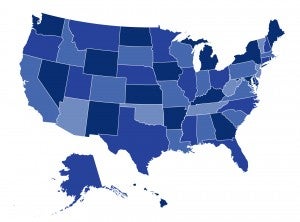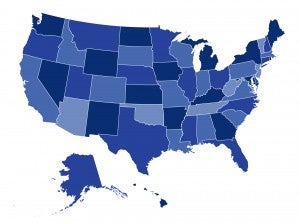Delays Extending The American Rescue Plan’s Health Insurance Subsidies Will Raise Premiums And Reduce Coverage

Congress has spent months debating an extension of enhanced premium tax credits enacted under the American Rescue Plan Act of 2021. However, as CHIR’s Sabrina Corlette and the Urban Institute’s Jason Levitis discuss in this recent Health Affairs Forefront article, the clock is ticking. Continued delays would likely cause coverage losses and additional costs that wouldn’t be restored even if a subsidy extension is later enacted.







